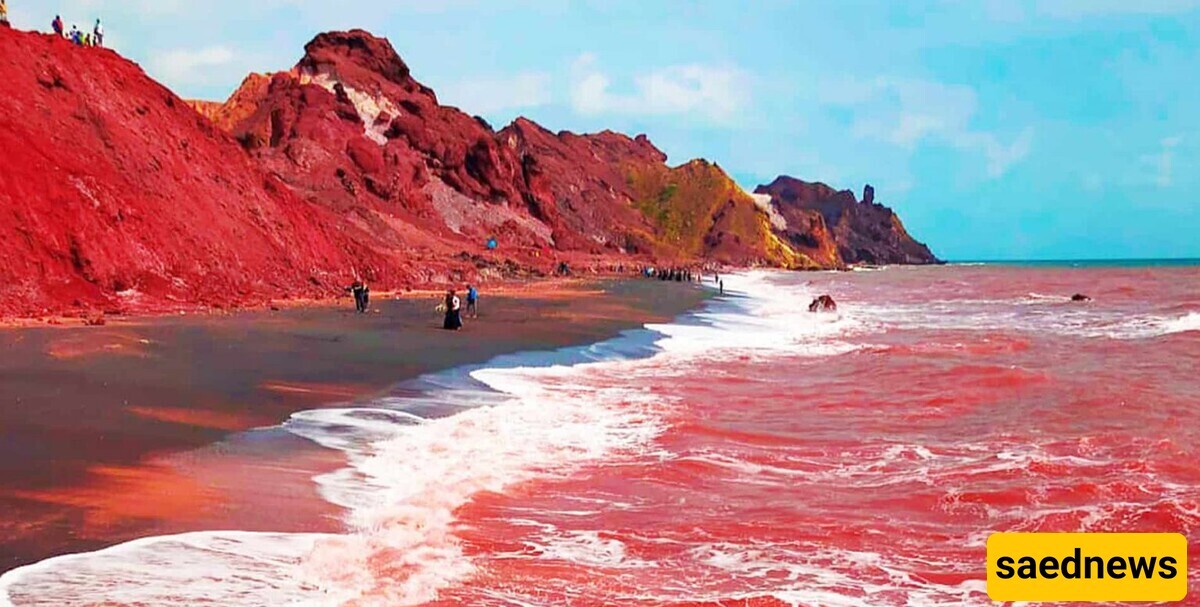Saed News: Decoding the Colors of Hormuz Soil; Why is This Soil Edible and How Did Hormuz's Red Beach Become One of the Geological Wonders?

According to the Family Magazine Service of Saed News, one of Iran's natural and picturesque wonders is the wide spectrum of vibrant and varied colors of Hormuz soil, which has always attracted the attention of tourists and researchers. This beautiful and unique phenomenon not only gives the island of Hormuz an appealing view but also serves as a source of scientific study. In this section, we will explore the reasons behind the colorful soil of Hormuz and its fascinating facts.

Where is Hormuz's Red Beach?
Hormuz Island is located in the south of Iran, in the Persian Gulf. There are direct flights to Qeshm from many major Iranian cities. Once in Qeshm, you can take passenger boats to Hormuz Island. Passenger ships also travel to Hormuz from Bandar Abbas and Bandar Lengeh.

Why is Hormuz Soil Red?
Hormuz soil has turned a beautiful and attractive red color due to the presence of abundant iron oxide and salt impurities in its composition. These minerals cause the soil of the island to have a variety of vibrant colors that are very appealing to visitors.

The Edibility of Hormuz Soil
The native people of Hormuz use the red soil to prepare a special sauce by dissolving it in water and flavoring the food. This sauce, due to the presence of various metal oxides, has a red color and nutritional properties, which is why you may encounter topics such as purchasing edible Hormuz soil. If you visit Hormuz, be sure to try dishes like "Sourg" made with this soil.

Uses and Applications of Hormuz Red Soil
Due to its salt impurities and chemical compounds, Hormuz soil comes in different colors and is used in cooking, pickling, and making sauces. It is also used in crafting, cosmetics, and creating paints. In the past, Hormuz soil was one of the main exports for making cosmetics, paint, and ceramics. However, the export has been halted now to protect the island's nature.


